Industry News
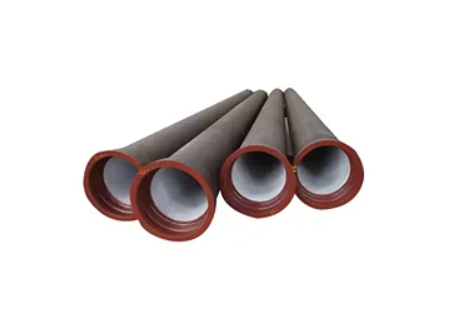 17 2025-07
17 2025-07 How to restrain a ductile iron pipe?
Ductile iron pipes widely use flexible joints for connections. These joints allow the pipe to deflect and expand/contract within a certain range to accommodate ground settlement or temperature changes.
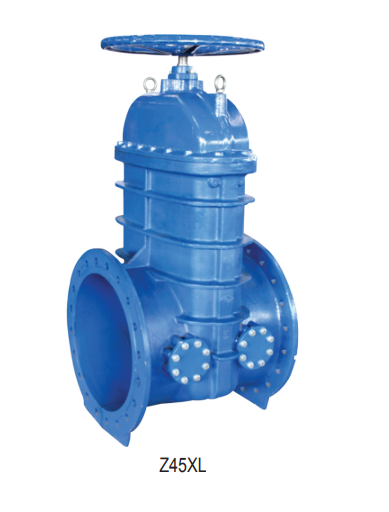 16 2025-07
16 2025-07 What is Flanged Resilient NRS Gate Valve with Bypass Outlet (Z45XL)?
The Flanged Resilient NRS Gate Valve with Bypass Outlet (Z45XL) is a gate valve combining resilient sealing (excellent seal, good impurity tolerance), flanged connection (reliable, easy maintenance), and a non-rising stem (space-saving). Its core value lies in the integrated bypass system, which is used to balance upstream and downstream pressure before opening the main valve. This significantly reduces operating torque and protects the main valve from damage caused by opening/closing under high differential pressure, ensuring safe, reliable, and long-term operation in critical applications. It is widely used in water systems, fire protection, and industrial settings requiring pressure equalization at pipeline control points. The model Z45XL explicitly identifies its flanged connection, geared operation (broadly), resilient seat, and bypass features.
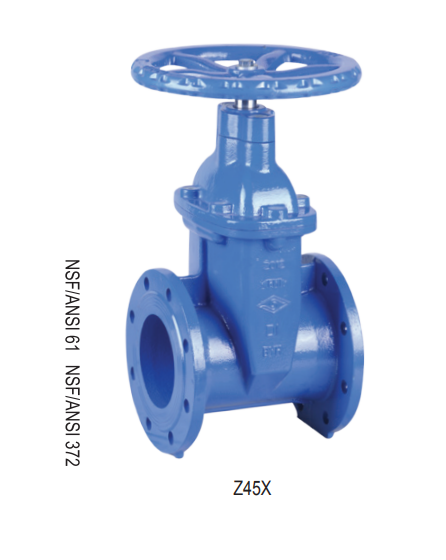 15 2025-07
15 2025-07 Flanged Resilient NRS Gate Valve
The Flanged Resilient Non-Rising Stem (NRS) Gate Valve is a shut-off valve with flanged connections and a non-ascending stem. Its core design features a rubber-coated wedge gate (Resilient Seat) and a non-rising stem mechanism. Rotating the handwheel drives the stem nut to move the gate vertically, sealing or opening the pipeline. Compliant with BS 5163/EN 1074 standards (pressure ratings PN10/16), the valve combines the strength of a metal body with zero-leakage elastic sealing.
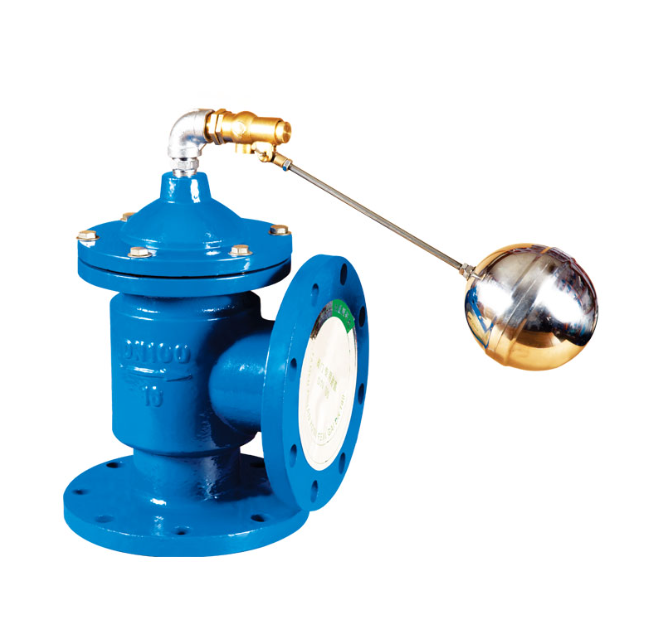 14 2025-07
14 2025-07 Hydraulic Control Valve
Hydraulic control valves are automated valves that precisely regulate fluid dynamics through hydraulic actuation. These valves operate on the principle of using liquid pressure (typically water or oil) to drive an actuator, which controls spool displacement to adjust flow rate, pressure, or direction of the medium within a pipeline. Integrating a pilot control mechanism, main valve body, and hydraulic circuit, hydraulic control valves feature self-feedback and dynamic response capabilities. These valves perform remote/automated fluid management in complex systems, serving as critical control components in industrial automation.
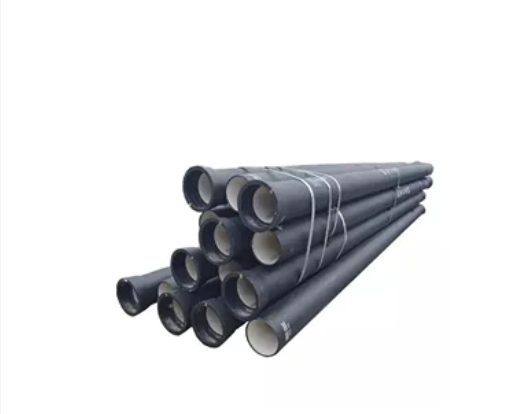 11 2025-07
11 2025-07 What is T-joint Ductile Iron Pipe?
The contact pressure generated by the compression deformation of the rubber ring acts as a self-sealing, and the hard rubber part of the rubber ring acts as a fixed centering function. The interface can be deflected to adapt to a certain foundation settlement and achieve long-distance steering installation.
 10 2025-07
10 2025-07 What is GT Type Ductile Iron Pipe?
The sealing principle of the GT type interface of GT type ductile iron pipe is similar to that of the T type interface. As the internal pressure of the pipeline increases, the tighter the contact surface between the rubber ring sealing sleeve and the socket, the better the sealing effect.

